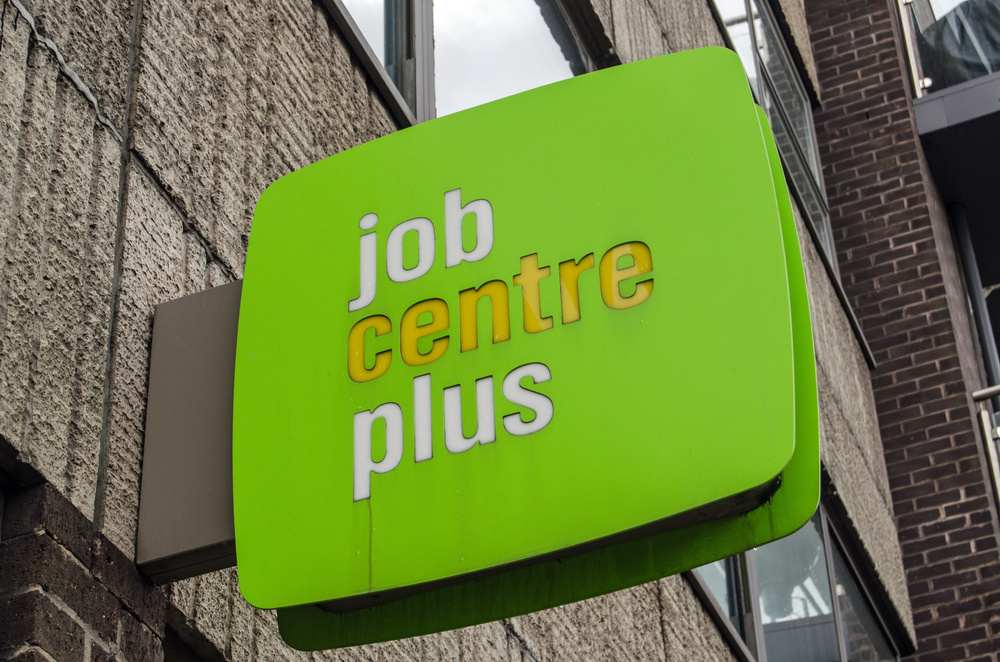Household Bills
UK job vacancies hit 20-year high

Job vacancies in the UK are at their highest level in 20 years as the economy continues to bounce back, official figures show.
There were 953,000 job vacancies in the three months to July, a 290,000 increase compared with the previous quarter, according to the Office for National Statistics (ONS).
Early estimates for July – when the country came out of lockdown – suggest vacancies surpassed one million for the first time ever.
The unemployment rate fell to 4.7 per cent in the three months to June, from 4.8 per cent the previous quarter, while the number of employees on payroll rose by 182,000 in July to 28.9 million.
Wages also increased, with annual pay up 7.4 per cent.
Jonathan Athow, deputy national statistician at the ONS, said: “We are seeing a continued improvement in the labour market with falling unemployment and rising employment.
“The groups of people who saw the biggest falls in employment (such as younger people) are seeing employment growing again.”
However, he warned the road ahead was uncertain.
“There is still some disruption in the labour market. Hours worked are still down and we also have a number of people on (partial or full) furlough,” he said.
“The number of people on furlough has continued to fall, with the official HMRC figures showing just under 2 million at end of June.
“We do not know what will happen to these people as furlough winds down.”
The ONS said the arts, entertainment and recreation sector saw the strongest quarterly growth in vacancies, with accommodation and food services experiencing the largest increase in levels.
Human health and social work has also seen strong growth since the onset of the pandemic.
Sarah Coles, personal finance analyst at Hargreaves Lansdown, warned filling these vacancies may not be straightforward.
“Some roles that employed large numbers of overseas nationals have seen potential employees move away from the UK, either as a result of Brexit or the pandemic. It’s one reason why human health and social work vacancies are 19.1 per cent above pre-pandemic levels, despite the fact that companies haven’t been laying people off in vast numbers over the past year, as many were essential workers,” she said.
“Without this vital group of potential employees, these industries may struggle to fill these roles.”